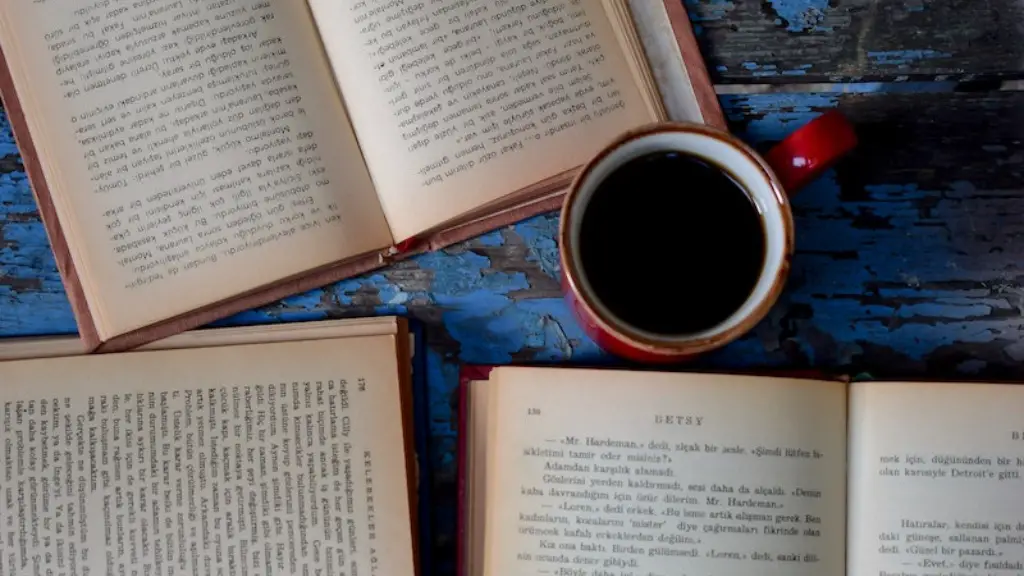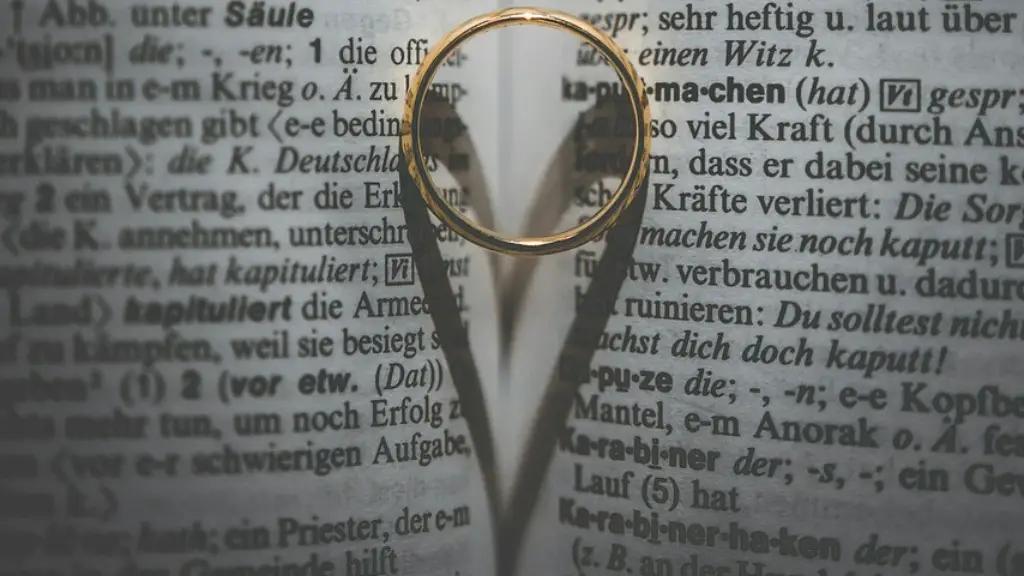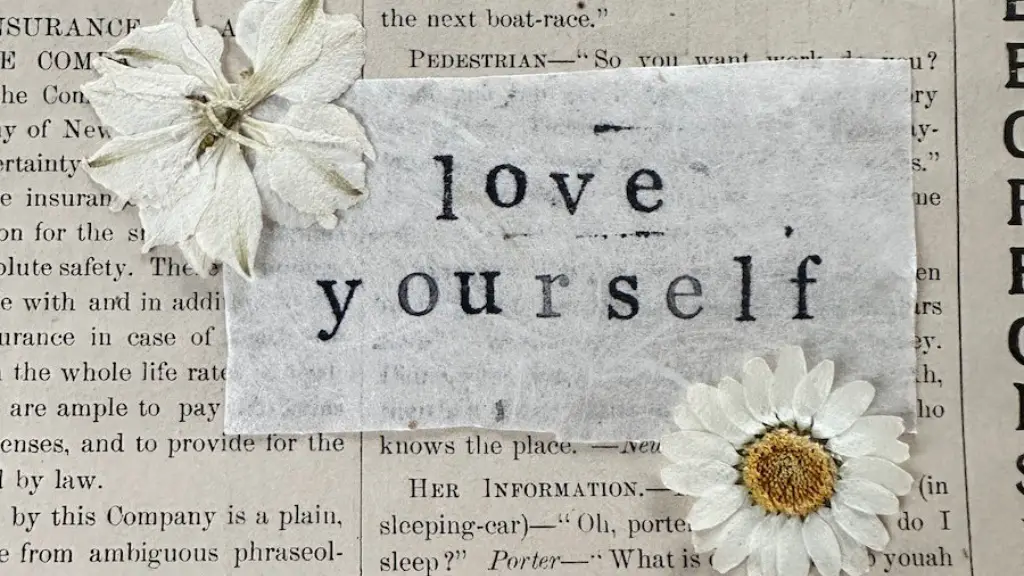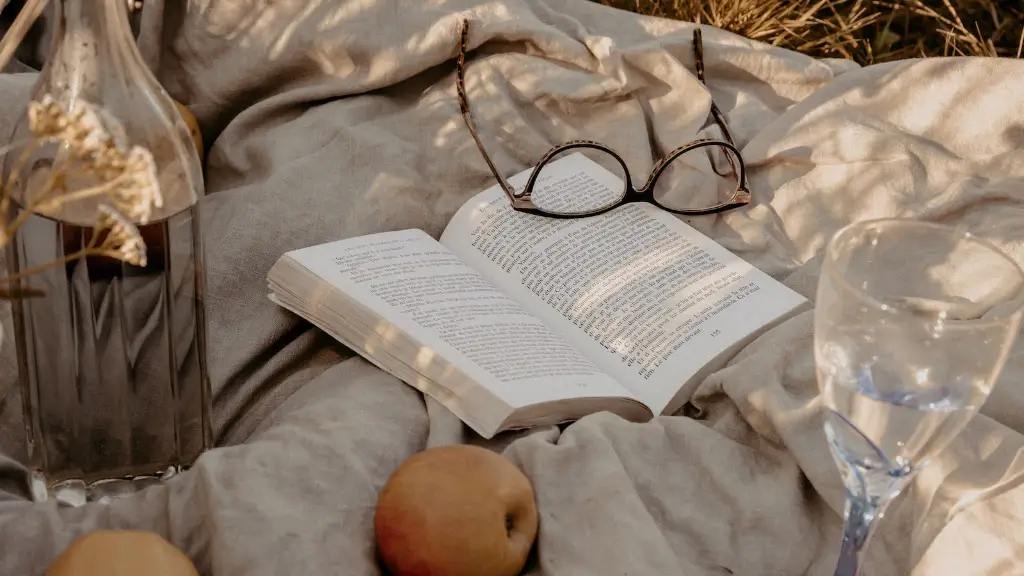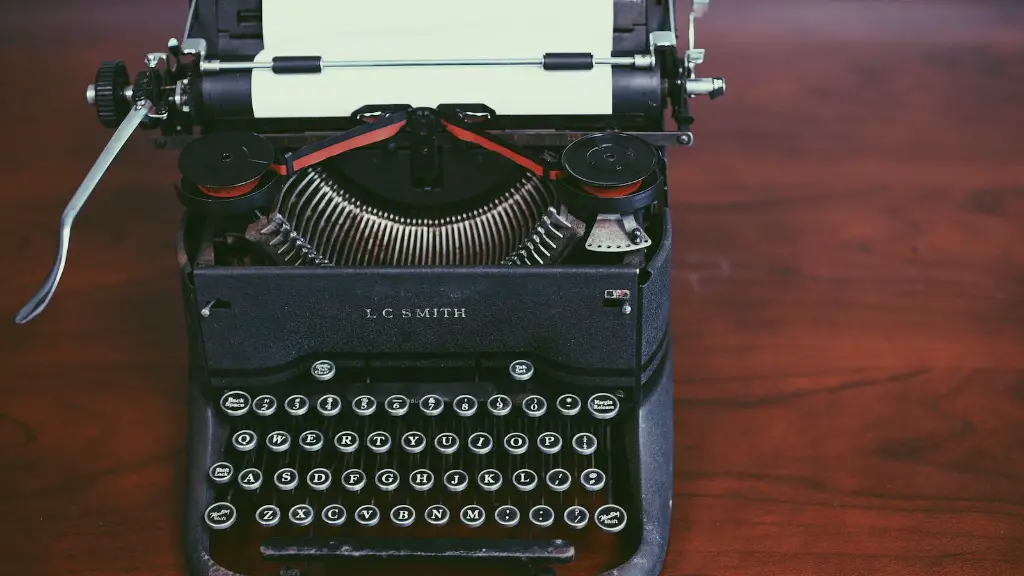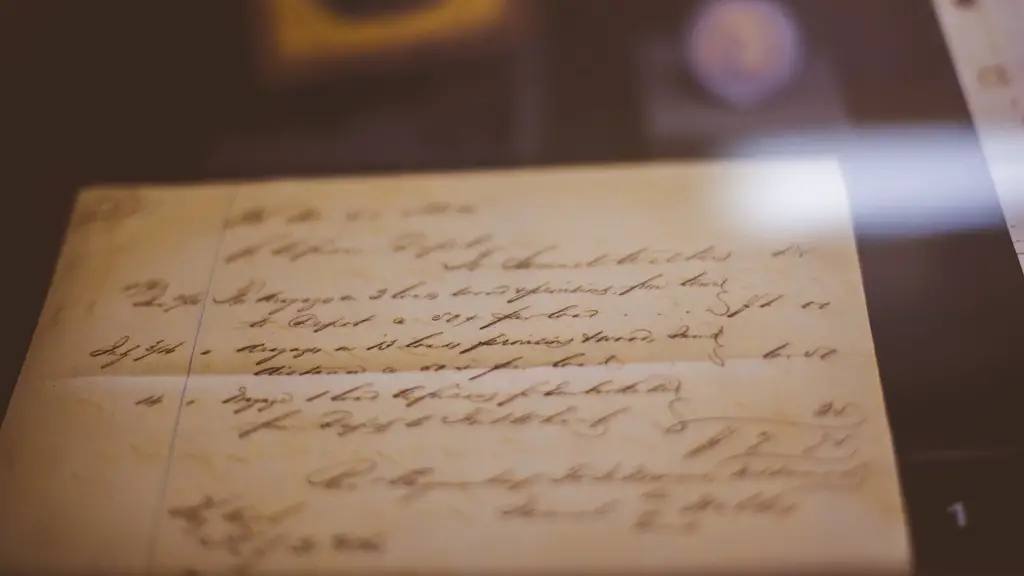Poetry is an art form that has been around for centuries and may still confound its audience. It works by putting emotions and ideas into words for creative people to express and impress upon their audiences. On the surface, poetry usually appears to be more of a visual form of writing, with words and punctuation arranged to create patterns and images. By delving deeper, we can find out how poetry really works.
Poetry can be defined as a literary art form that uses rhythm and words, usually composed of couplets or lines, to convey a particular idea, emotion or story. It may also contain elements such as meter, alliteration and rhyme. Meter is when a poem has a steady, patterned beat and rhythm, while alliteration involves repeating the same sound throughout the piece. Rhyme is when end words are used that have a similar sound and are in unison. Poetry has been described as an expression of the human experience, with the use of language to express emotions, ideas and stories.
Poetry works by conveying ideas in unique ways. It is often used to express feelings and emotions that would otherwise be difficult to put into words. In particular, poetry’s use of imagery can create powerful and vivid images that evoke a strong emotional response from its audience. Poetry often contains figurative language, such as metaphors and similes, which compare one idea to another. This can be used to convey abstract ideas and feelings for readers to better understand what is being written about.
Poetry also works by creating an atmosphere that is both aesthetically pleasing and emotionally evocative. By creating a unique style and mood, readers can be drawn into the world of a poem. Effective use of diction, or the particular words and language used, can specify the tone and mood of the poem. Poetry can also be used to convey messages and themes to readers through its use of symbolism, allusion and imagery.
Poetry has been described as an art form for centuries and it is no surprise that it has remained a popular medium of expression. Through its use of imagery, symbolism, diction, and other elements, poetry can create powerful, evocative images and feelings for its audience. By conveying messages and emotions in ways other forms of literature cannot, poetry continues to be one of the most profound art forms.
Forms of Poetry
Poetry comes in a variety of forms, such as epic, sonnet, and free verse. Epic poetry is historically recorded and typically follows a standard format. Sonnets are shorter pieces of poetry composed of 14 lines, with a specific rhyme and rhythm pattern. The final type of poetry is free verse, or unstructured poetry that follows no specific pattern or form.
Epic poems are composed of many stanzas that tell a long story. These long poetic pieces often include gods, heroes, and narrative elements. Famous epic poems include Homer’s Iliad and Dante’s Divine Comedy. Sonnets, in contrast, are shorter, usually composed of fourteen lines. Sonnets usually tell a tale or express an emotion in an organized fashion, thanks to its meter and rhyme. One of the most famous sonnets is Shakespeare’s “Sonnet 116.”
Finally, free verse is the form of poetry that is unstructured and follows an irregular rhyme and rhythm pattern. Free verse poetry often tells a story, something that is usually easier to do without a concrete structure. Poets such as Walt Whitman popularized free verse and many contemporary poets incorporate it into their work today.
Verse
Verse is the basis of poetry, and is made up of notation lines of words, phrases, and symbols that are organized in a particular meter and structure. There is a set of rules in verse that the poet follows, such as meter, rhyme scheme and syllabic count. These components aid the poet in expressing emotion and thereby engaging the reader.
Meter is an organizational structure in a poem that involves patterned recurrences of stressed and unstressed syllables. When writing in meter, a poet will select a particular meter as the foundation of their work. Common English meters are iambic pentameter and anapestic tetrameter. These meters often contribute to the tone and feel of the poem.
Along with meter, rhyme scheme constructs a poetic form and can be used to unify a poem and tie it together. In addition, the lack of rhymes in a poem can evoke different responses. Poets can use different rhymes, including end rhyme, internal rhyme and slant rhyme, to accomplish this.
Syllabic count also helps shape a poem. It is the number of syllables per line that the poet uses. This helps to maintain a particular rhythm and flow of the piece, while also creating a desired intensity or atmosphere.
Structure
The way a poem is structured and read plays an integral role in how the poem affects its readers. Traditionally, the structure of a poem is based on stanzas and verses. Stanzas are composed of two or more verse lines and are often used to convey a poetic idea, of which the next stanza continues. On the other hand, verses are creative units of poetry composed of lines and words.
Poets often place a specific emphasis on certain words in a verse. In addition, a line break can be used to emphasize the closure of one thought and move onto the next. By using line breaks, enjambment, and other techniques, a poet can add structure and style to their poem, helping to form and convey poetic ideas.
Poets can also use particular techniques in their work to highlight a particular idea. These techniques can include alliteration, repetition, assonance and consonance. Alliteration is the repetition of consonant sounds at the beginning of words, while repetition involves repeating a certain phrase or word for emphasis. Assonance and consonance similarly involve the repeating of vowel and consonant sounds, respectively, throughout the poem.
Tone and Mood
Tone and mood help to create an atmosphere within a poem that is both aesthetically pleasing and emotionally evocative. Tone is the poet’s attitude toward the subject they are discussing throughout the poem. The tone of a poem is set by the poet’s choice of diction and syntax, and the imagery they choose to convey. It can often be identified through the words and expressions used within the poem.
Mood can be described as the emotion that the poem conveys, and is often related to and sets the tone of the poem. It is often established through the use of imagery, personification and metaphor. Grasping the mood of a poem is important in understanding the intention of the poem.
Tone and mood help to set the atmosphere of the poem and what is being written about. By effectively constructing these elements, poets can evoke a powerful emotional response from its readers.
Style
Style is how poetry is written and used to effectively convey ideas and emotions. A poet’s style is a reflection of their voice, which can be identified by the words, phrases and statements a poet uses. Poets can also use specific tools, including allusions and metaphors, to express certain ideas.
Allusions are references to particular people, places or things, and their use can help to make a poem or story more interesting or humorous. By invoking known figures and events, they can add an extra layer of meaning to a poem. On the other hand, metaphors are used to describe one thing in terms of another, often to convey an idea or emotion. Poets use metaphors to make abstract ideas more concrete and to aid the reader in understanding what is being written.
Style is an integral part of the poem and helps to create the mood and atmosphere of the poem. It contributes to how the reader will understand and respond to the poem. It is through effective use of style that the poet can convey their message to the reader.
